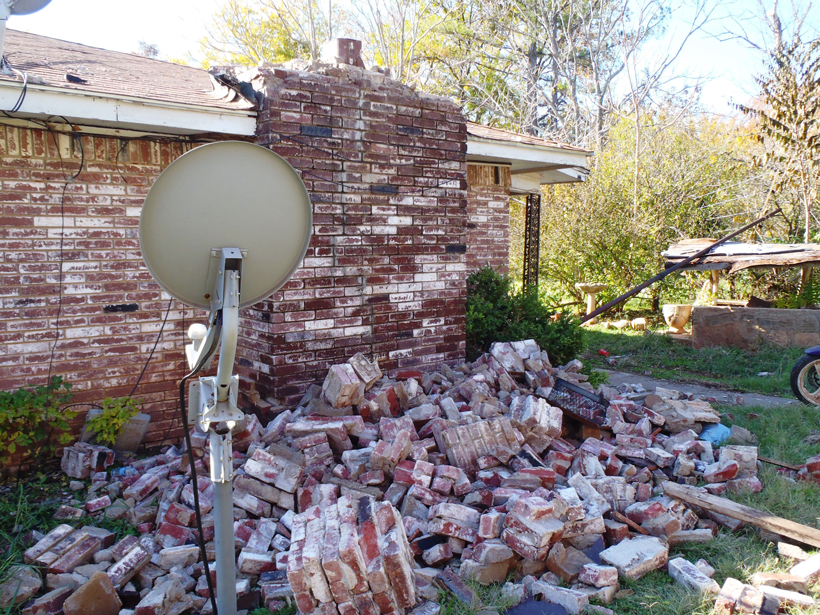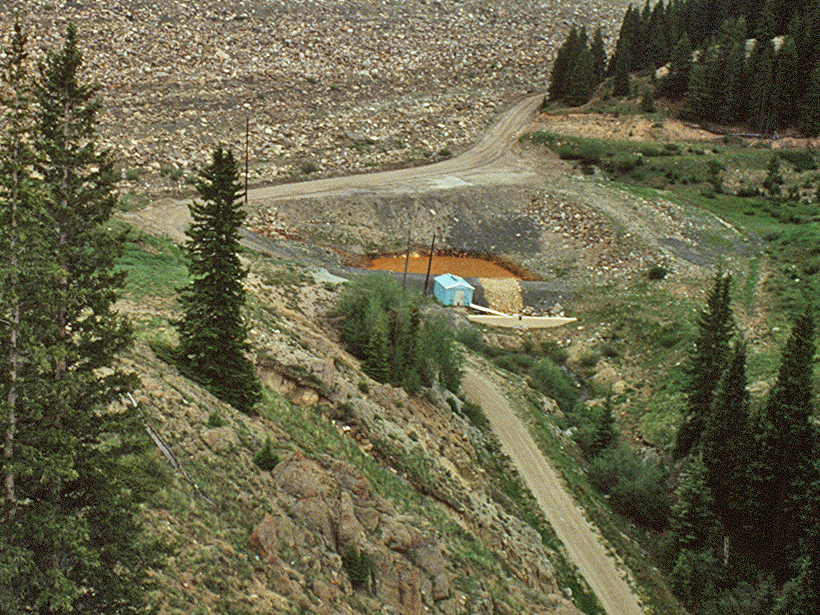Researchers look at induced seismicity data in Oklahoma to spot an increase of stress in faults that could cause even more damage than recent quakes.
hardware & infrastructure
High-Resolution Tools Advance Study of Paleoclimate Archives
HiRes2015: High Resolution Proxies of Paleoclimate; Madison, Wisconsin, 31 May to 3 June 2015
Laser Beams Brighten Prospects for Cave Science
Armed with laser technology, scientists now plot and study vivid maps of underground spaces with stunning accuracy. But the equipment is costly, fragile, and hard to maneuver through tight passages.
New Reactive Barrier May Protect Groundwater from Mine Waste
Researchers are developing a porous concrete filter to pull harmful dissolved metals out of water.
Making the Northern Indian Ocean a Hub of Geomagnetic Data
A new initiative seeks to unite and network the magnetic research community in the northern Indian Ocean region.
Alberto Behar (1967–2015)
Devoted to exploration and discovery, this JPL scientist's inquisitive mind, inventiveness, and infectious enthusiasm inspired students, colleagues, and friends alike.
NASA Selects Science Instruments for Europa Mission
The instruments chosen for a mission to Jupiter's moon Europa include cameras, spectrometers, magnetometers, and an ice-penetrating radar.
Gazing Toward the Universe's Edge: Hubble's Deep Field Legacy
Hubble's sensitive cameras give scientists a chance to witness the birth of galaxies.
Fire in the Hole: Recreating Volcanic Eruptions with Cannon Blasts
Artificial volcanic plumes, fired from cannons loaded with ash plucked from the slopes of Iceland, may help researchers better monitor disruptive eruptions.
Researchers Roll Clouds into Climate Modeling
As computational power grows thanks to improving techniques and technology, scientists are working toward incorporating complex systems such as clouds into global and regional climate models.










